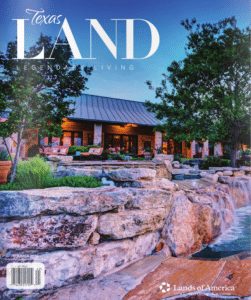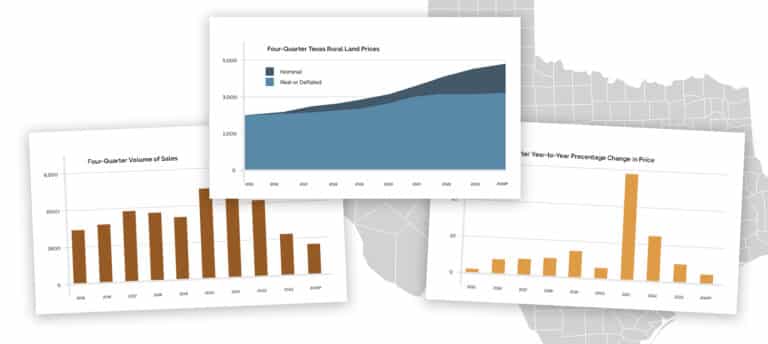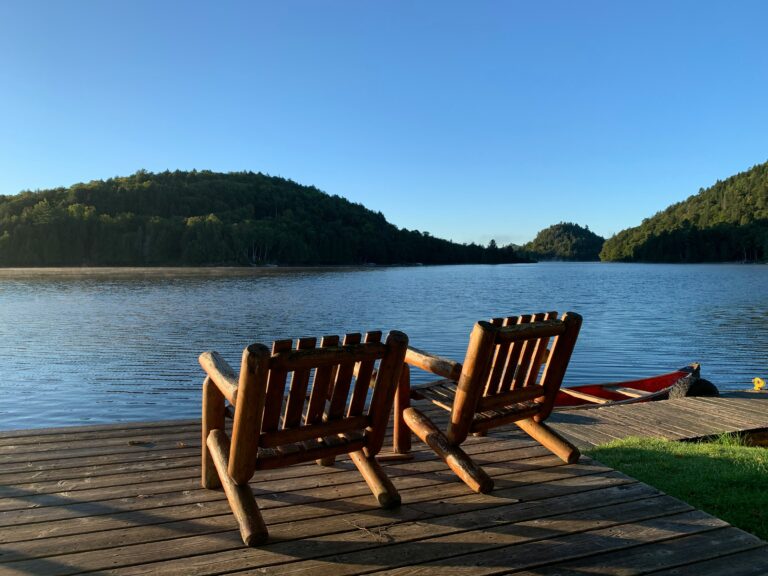Written by Samantha Fox
House Bill 1221, recently signed into Texas law, requires sellers of residential real estate to disclose whether any part of the property is in a groundwater conservation district (GCD) or subsidence district. These districts, now numbering 100 and covering 70 percent of the state’s land area, regulate groundwater, and therefore can affect both the value of the land and your ability to develop and use the groundwater under it. The disclosure law affects all transfers taking place January 1, 2016 or later.
HB 1221 officially incorporates groundwater as an important component of real property, but the law expressly states that it does not apply “unless the seller has actual knowledge on the date of the notice that the real property is located” in a GCD, and does not “create any duty for any person to investigate to determine if the residential real property is located” in a GCD. If you simply don’t know, you’re not required to find out.
So as always, if the seller doesn’t know something, buyer, beware. By not investigating this for yourself, you could be in for an unwelcome surprise after you close on a property. Five things to know before you purchase:
- If you intend to drill a water well on your newly acquired land and if the property is in a GCD, there may be requirements or restrictions to learn ahead of time. These rules can affect what you are able to do with the land, so it is important to understand them.
- There may be minimum well spacing requirements. Do you have enough property to drill a well? Has the area hit its wells per section limit? If you’re buying an existing well, are you in a good position because no more wells can be drilled around you? Every district has different rules, so it pays to check.
- Some districts have grandfathered the water wells that were drilled before the district was formed, and may permit new ones with a lower pump rate – in that case, you may want a property with a reliable historical well already on it. Even then, your historical well may be limited to its historic use, so you need to investigate past use.
- If your property isn’t covered by a GCD, you could find yourself in a situation like the Hays County folks last year, who narrowly avoided massive and unfettered extraction and export of their groundwater.
- Say your neighbor drills a large well and draws down your well’s water level. If you’re not in a GCD, or no permit is required by your GCD, you’ll have no notice of the potentially problematic well. If your GCD does require a permit, is your neighbor’s new well exempt from permitting? Are there nearby wells that have already been permitted and may affect the groundwater on your property? Does the GCD enforce production limits? Is your neighbor exempt from them? It pays to know your risk.
This new disclosure requirement underscores the growing recognition of the importance of groundwater in Texas. For buyers, it’s a heads up to add a little groundwater research to your checklist. There are a host of resources available, from the GCDs themselves to state agencies and also private firms. The recently launched Water Sage portal, run by Ponderosa Advisors, LLC, gives landowners the ability to perform their own research for a small fee. Find out more at WaterSage.com.
 This article first appeared in the summer 2016 issue of TEXAS LAND magazine. Visit www.landmagazines.com to read more and subscribe to future issues of both LAND magazine and TEXAS LAND magazine.
This article first appeared in the summer 2016 issue of TEXAS LAND magazine. Visit www.landmagazines.com to read more and subscribe to future issues of both LAND magazine and TEXAS LAND magazine.


